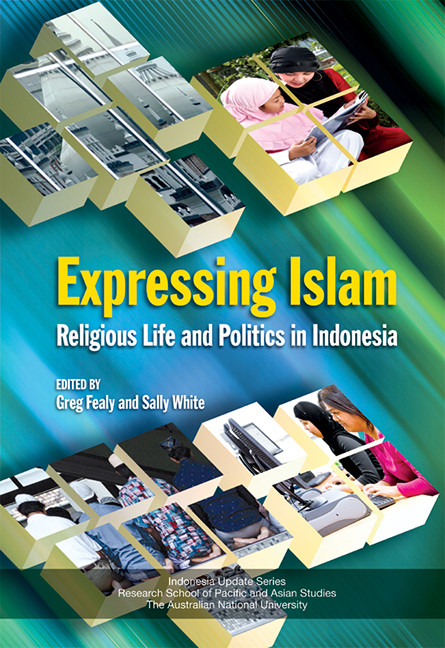1 - Introduction
Published online by Cambridge University Press: 21 October 2015
Summary
Western perceptions of the character and role of Islam in Indonesia have shifted dramatically in the past decade. Much of the literature during the twentieth century portrayed the Muslim community in largely benign terms. There were several interlinked aspects to this approving commentary. The first remarked on the myriad ways in which local Muslim communities had ‘indigenised’ Islam, blending it with pre-existing religious practices to produce richly distinctive variants. Moreover, this Indone-sianised form of Islam bore none of the severity and rigidity attributed to Middle Eastern forms, earning it praise for its moderation and tolerance. Some scholars even approvingly observed that large numbers of Muslims appeared lax in their devotions and heedless of all but the most basic requirements of Islamic law. This was especially so for Java, where social scientists carefully recorded the heterodoxies of Muslim thought and behaviour.
This favourable portrayal of Indonesian Islam began to change in the late 1990s as many scholars and commentators wrote with concern about the perceived rise of radical and sectarian tendencies. Bloody Muslim– Christian conflict broke out in various parts of the archipelago—most notably in Ambon and Halmahera in Maluku and in Poso in Central Sulawesi—resulting in thousands of deaths on both sides. Attacks on Christian churches and clergy also leapt, exceeding by some estimates several hundred per annum in 2000–01. Militant Islamist groups, including violent paramilitary groups such as Laskar Jihad and Laskar Jundullah and vigilante groups such as the Islamic Defenders Front (FPI), also proliferated from 1998. These developments prompted the American anthropologist Robert Hefner to write in 2000 of the growing strength of ‘uncivil Islam’ and the concomitant threat to Indonesia's pluralist Islamic culture.
The perception that Indonesian Islam had dangerously radical elements sharpened dramatically following the October 2002 Bali bombings in which 202 people died, most of them Westerners. The 11 September 2001 attacks on the World Trade Center and the Pentagon had already made Islamic terrorism a central preoccupation of the United States and its allies, and following the Bali bombings Indonesia was added to the list of countries with groups that posed a significant terrorist threat. This impression was reinforced by three major terrorist strikes against predominantly Western targets in Indonesia between 2003 and 2005.
- Type
- Chapter
- Information
- Expressing IslamReligious Life and Politics in Indonesia, pp. 1 - 12Publisher: ISEAS–Yusof Ishak InstitutePrint publication year: 2008

